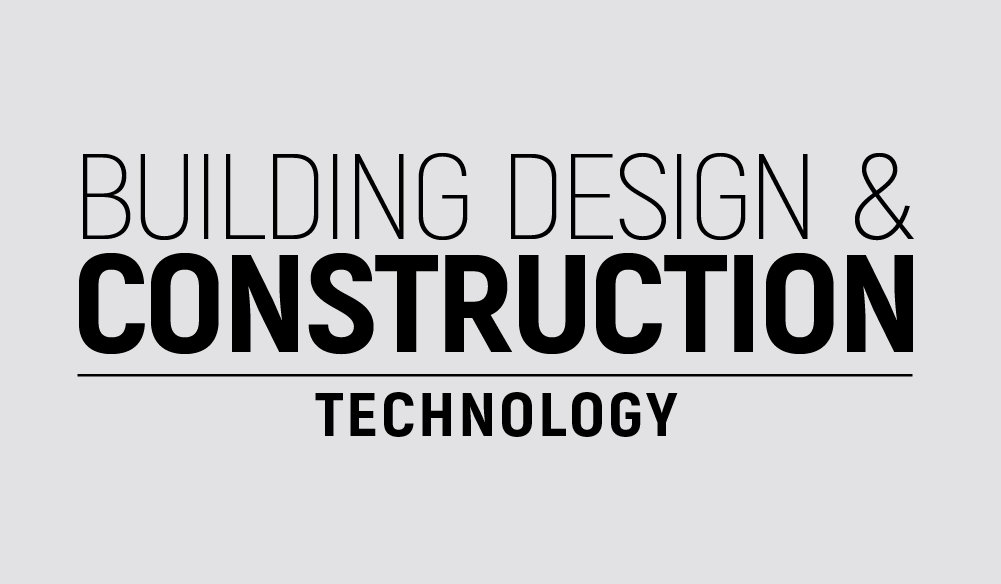Deepki, the global leader in ESG for real estate, is bolstering its leadership team to support its continued international expansion, with the announcement of three new hires as well as four internal promotions. Deepki is the only company in the world offering a fully populated ESG data intelligence platform to help commercial real estate investors, owners and managers improve the ESG performance of their real estate assets, and in the process enhance their value. Following a successful €150 million fundraising round in March 2022, Deepki has enjoyed substantial growth, expanding its workforce from 150 to 400 employees, and extending its operations both organically and through strategic acquisitions. These acquisitions include British competitor Fabriq, and Nooco, a firm boasting a complementary platform that analyzes the carbon footprint of buildings, from construction, through renovation, to end-of-life. To support the rapid expansion of its business and teams, maintain its innovative momentum, and support its entry into new markets, Deepki has appointed three new leaders to its senior management team. They are: Emmanuelle Nello, Chief People Officer Emmanuelle’s focus is on change management, reinforcing talent acquisition and development, and establishing the tools and processes necessary to fuel the growth of Deepki’s workforce. Emmanuelle also oversees the Corporate Social Responsibility (CSR) and Diversity department, engaging all team members in significant projects that create positive impact, reflecting the company’s core values. Olivier Pin, Chief Product Officer Olivier is responsible for defining and organizing the entire product strategy, R&D, and management of Nooco’s teams, a company recently acquired by Deepki. His mission is to continue helping real estate professionals accelerate their transition to net zero through the Deepki and Nooco product range, by best anticipating their needs, while ensuring and developing Deepki’s technological leadership. Colin Brown, VP UK & Ireland, Head of Global Sales Leveraging his customer-centric and strategic vision, Colin leads Deepki’s UK, Ireland and Global sales teams from Deepki’s London office. He and his team are dedicated to bringing maximum value to real estate players and their clients by empowering them to improve their sustainability through robust, data-driven ESG strategies. Additionally, he will drive Deepki’s entry into new markets, including the Nordics and the Netherlands, which represent significant growth potential for the company. Vincent Bryant, CEO and co-founder of Deepki, comments: “We are incredibly proud to announce the appointments of Colin, Emmanuelle and Olivier. As the company continues its expansion, we remain committed to strengthening our senior management with top-tier professionals. Their extensive experience in senior leadership roles and international environments will be invaluable in Deepki’s continued growth. I am thrilled to welcome them to our team.” Along with these three key appointments, the company has also made four internal promotions: Philippe Parlange, as Chief Client Officer Philippe joined Deepki in 2020 as Head of Consulting Services before being appointed Head of Client Delivery. He has recently been promoted to Chief Client Officer, overseeing the entire team managing client relations. Philippe’s role is pivotal in guiding clients in the definition of their ESG strategies, ensuring outstanding client experiences that align with Deepki’s mission of accelerating the real estate sector’s decarbonization. He is actively involved in recruiting, structuring, and developing Deepki’s Consulting, Customer Success Management, and Energy Management teams to ensure high levels of satisfaction. Clémentine Hardy as Partner Operations & Transverse Delivery Functions Leader After five years as Deepki’s Head of Customer Operations, Clémentine takes on the role of Partner Operations & Transverse Delivery Functions Leader, establishing and expanding a new practice within Deepki. In her new role, she leads the team in managing and deploying complex platform configurations and functionalities, ensuring both the solution’s quality and its seamless integration into the software ecosystem. Additionally, she organizes and conducts partner training, fostering satisfaction and loyalty through a relationship built on trust and expertise. Elise Jacques as Sr. VP Strategy and Transformation Elise has been promoted to the position of Sr. VP Strategy & Transformation after just one year at Deepki. Working closely with the CEO, she is responsible for M&A operations, exploring new business opportunities, and contributing to the structuration of new teams, projects, and processes, taking on interim management roles as required. She develops and structures a strategic approach to business intelligence, facilitating decision-making based on market and performance data across various regions to ensure the company’s growth and performance. Xana Muñiz as Vice President Southern Europe & LATAM Having joined Deepki in 2019 as Country Manager for Spain, Xana Muñiz has since expanded her role to cover the Iberia and LATAM regions. With a proven track record in these territories, Xana now takes on the role of Vice President Southern Europe & LATAM, continuing to support Deepki’s development in the Spanish, Italian, Portuguese and Latin American markets. Spain and Italy were the first two subsidiaries to open after Deepki’s founding in Paris, and today represent key markets for the company. About Deepki Founded in 2014, Deepki has developed a SaaS solution that uses data intelligence to guide real estate players in their net zero transition. The solution leverages customer data to improve assets’ ESG (Environmental, Social and Governance) performance and maximize asset value. Deepki operates in 52 countries, with over 400 team members across offices in Paris, London, Berlin, Milan and Madrid. The company serves clients including Generali Real Estate, SwissLife Asset Managers and the French government, helping to make their real estate assets more sustainable at scale. In March 2022 Deepki raised €150 million in a Series C funding round which was jointly led by Highland Europe and One Peak Partners. Other investors include Bpifrance, through their Large Venture fund and Revaia. Since then, Deepki has carried out strategic acquisitions including that of its principal UK-based competitor, Fabriq, and complementary SaaS solution, Nooco. For further information about Deepki’s end-to-end solutions, visit: deepki.com Building, Design & Construction Magazine | The Choice of Industry Professionals














